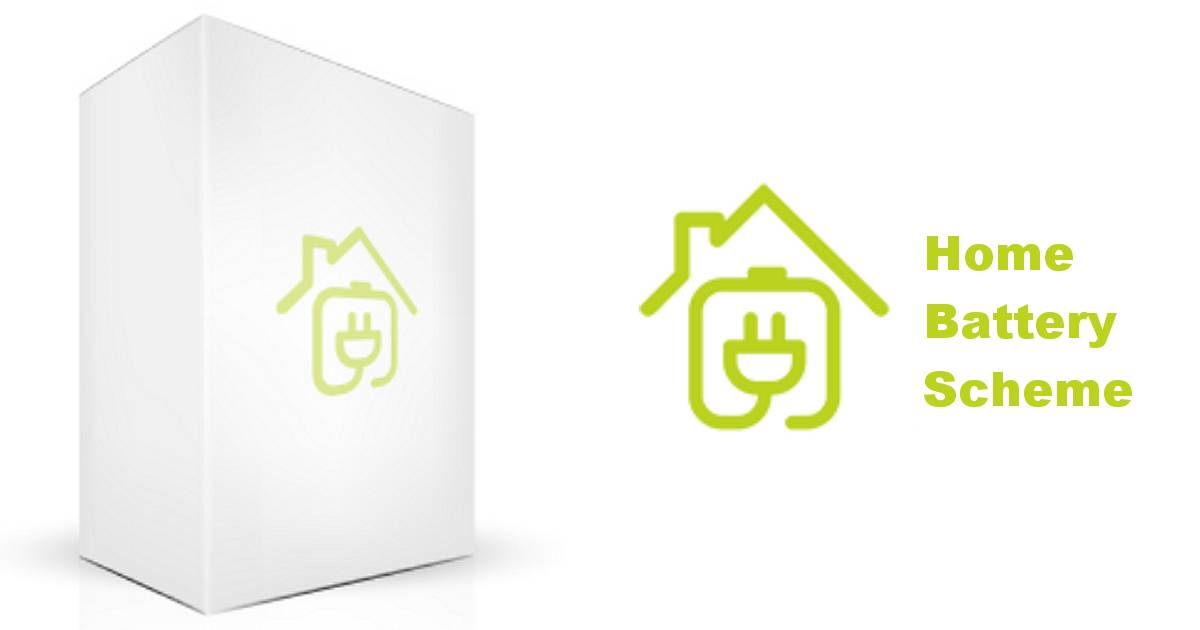South Australia’s Minister for Energy and Mining Dan van Holst Pellekaan has announced how much the state’s home battery subsidy will soon be reduced by.
The Home Battery Scheme, which has been around since October 2018, was launched to support the installation of 40,000 solar battery systems across SA. Currently, the subsidy is $500 per kWh for non-energy concession holders and $600 per kWh for those that are, to a maximum of $6,000. Low interest loans for the purchase of added or new solar power capacity as well as the balance of a battery system are also on offer.
As mentioned last week, the public announcement regarding the upcoming reduction was to be made last Friday. It looks like it was noted on the SA Home Battery scheme web site then, but it wasn’t published on the Premier’s web site until yesterday. There were also a bunch of other back-dated non-related announcements that suddenly appeared, so perhaps something got stuck in the tubes of the interwebs late last week or the long weekend got in the way.
Anyhow, the bottom line is the subsidy will reduce from $500 to $300 per kWh for non-energy concession holders and from $600 to $400 per kWh for those that are, to a maximum of $4,000 in both cases. This change comes into effect Wednesday, April 15, 2020.
“The scheme is designed so that as the market matures, the subsidies reduce to transition the market to self-sufficiency and the government is confident we have begun to create a self-sustaining market for home storage,” said Minister van Holst Pellekaan. “The State Government is confident we have begun to create a growing and sustainable market for the manufacturing and installation of battery storage in South Australia.”
Beware Battery Subsidy Reduction FOMO
It’s a significant reduction and no doubt there will be increased interest in solar batteries in South Australia before the deadline. But before giving in to the Fear Of Missing Out, households should crunch the numbers to ensure a battery is a good move financially, if that is their main reason for acquiring energy storage. This task can be made easier using SolarQuotes’ new solar and battery calculator.
The calculator will provide an estimate of overall payback, and how a battery and solar panels separately affect savings (spoiler: while solar power system payback is short, batteries have a much longer payback period – even with the subsidy).
Just note the calculator doesn’t automatically factor in South Australia’s battery subsidy, but a post-subsidy cost for a system can be entered manually by subtracting the amount eligible from pricing noted. For example, the cost of a Tesla Powerwall 2 is noted on the calculator as $15,350 (battery only, including installation). As this is a 13.5kWh battery, it’s eligible for the full $6,000 subsidy currently – so the cost to enter in that field would be $9,350.
The calculator also doesn’t factor in participation in a VPP (Virtual Power Plant) program, and quite a few of those have popped up recently. Under some circumstances the right battery and the right VPP *might* see a battery pay for itself within its warranty period at this point in time, but there are other elements to also take into consideration. SQ’s Ronald intends digging into various VPP plans over the next few months and publishing what he discovers.


 RSS - Posts
RSS - Posts



Speak Your Mind